|
Time for a break from Africa to reflect on advancements in paleontology and the modern understanding about what's flying around in your backyard. It turns out that not all of the dinosaurs met their demise in the great extinction that ended the Cretaceous Period some 66 million years ago. Surprised? Consider checking out a new book by the University of Edinburgh's Steve Brusatte that provides a good summary of how modern science has revolutionized our understanding of dinosaurs, what caused their sudden extinction (after 200 million years of predominance on our planet), and how one group of dinosaurs survived to rule the earth's skies. Steve's book, The Rise and Fall of the Dinosaurs - A New History of a Lost World, is available at Amazon.com and elsewhere. Decades of dinosaur bone finds, advances in technology and the abilities of high-powered computing have rendered what I learned about dinosaurs in school obsolete. Serious students of the subject no longer understand dinosaurs to be the slow moving, cold blooded creatures we were taught had somehow unwittingly managed to dominate our planet for ages until they mysteriously disappeared. Today, we understood dinosaurs were warm blooded creatures of great diversity who managed to fill just about every ecological niche available on our planet's landmass. They survived long enough to witness the break up of the earth's giant continent Pangea into the multiple continents that make up today's globe. They dominated the planet for so long that it is hard to contemplate. And their demise 66 million years ago was not caused by some fundamental flaw in their makeup. Instead, it took a freakish cataclysmic event - the collision into the Yucatan Peninsula of a deep space object the size of Mt. Everest. This asteroid was traveling with such force and speed that it drove itself 25 miles below the earth's crust and into the earth's mantle. Known as the Chicxulub asteroid, this object likely hit at a speed one hundred times faster than a jet liner and released the force equivalent to "a billion nuclear bombs' worth of energy." Enough force to change the planet's landscape into a barren wasteland alive with volcanic activity. It's the stuff of disaster movies only it actually happened, Fortunately for us, our nascent ancestors were small creatures at the time, likely living underground or in niche circumstances that somehow enabled them to survive the ages of nuclear winter that followed. Another survivor, surprisingly to some, were the airborne cousins of the ferocious velociraptor, what we commonly call birds today. Of course, this was not always the accepted view. When we were kids, dinosaurs were fascinating but no one connected them to birds. But now, paleontologists can tie unique physiological features of birds to ancient dinosaurs. It turns out that some of the things that make birds capable of flight are the very features that enabled ancient sauropods and therapods (think the gigantic brachiosaurus and tyrannosaurous) to become so incredibly large. Steve Brusatte catalogs several genetic qualities that made it possible for these dinosaurs to become so large and for birds to fly. First and foremost is a unique system for breathing that is more efficient and lightens the weight of the creature's bones. Sauropods, therapods and birds can extract oxygen from the air both when they inhale and exhale making them highly efficient breathers. Air sacs in the bones of these creatures capture air as it is inhaled and when exhaled provides oxygen for absorption. It is more efficient that what we mammals have. It also makes bones lighter and easier for birds to dissipate heat. Could the ability to travel great distances quickly through the air and dissipate heat quickly be the advantages that enabled the dinosaur-birds to survive the cataclysm of 66 million years ago that killed off most of their relatives? Will these advantages keep them alive through the next mass extinction? And when that cataclysm comes, will we all wish we were birds? _ _ _ _ _
Next week back to our safari series with Safari 16: How Many Wives Would You Like to Have? All photos and text are copyright Clinton Richardson. The images are from the author's collection at Trekpic.com. If you like these posts, please tell your friends about the Venture Moola blog at Readjanus.com. And, feel free to share this blog. The more readers the better. Click here if you would like to get a weekly email that notifies you when we release new entries. Or, click in the side column to follow us on Facebook or Twitter. The venture moola blog comes to you from Atlanta, Georgia. Find it at readjanus.com. Copyright Clinton Richardson.
Comments are closed.
|
the blog
Travel, history, and business with original photos.
your hostClinton Richardson - author, photographer, business advisor, traveler. Categories
All
Archives
July 2023
Follow us on Facebook
|
Check out Ancient Selfies a 2017 International Book Awards Finalist in History and 2018 eLit Awards Gold Medal Winner and
Passports in his Underpants - A Planet Friendly Photo Safari a 2020 Readers' Favorite Winner in Nonfiction
Site Copyright 2024 by Clinton Richardson
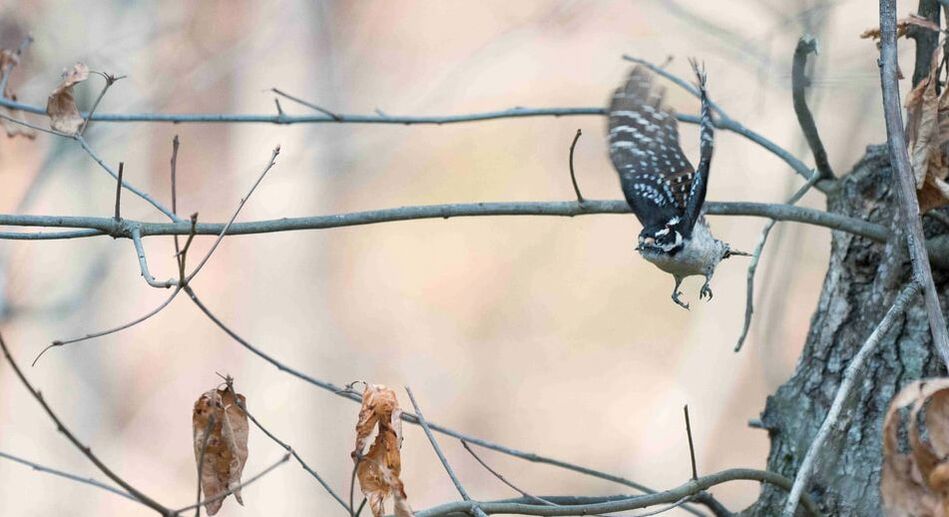
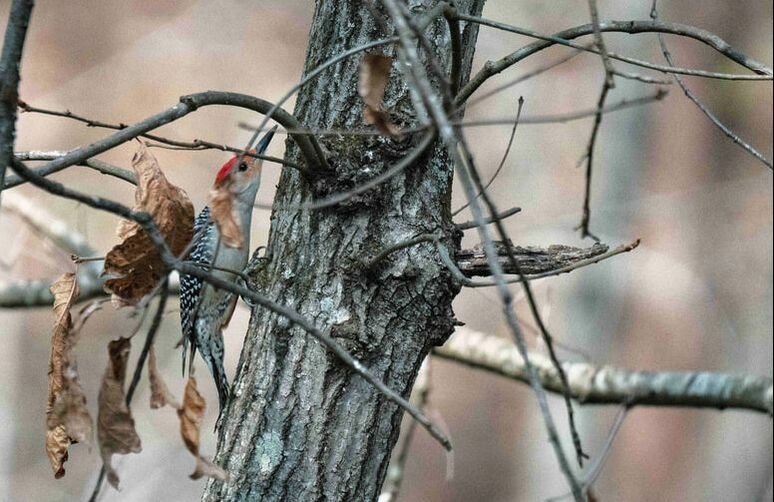
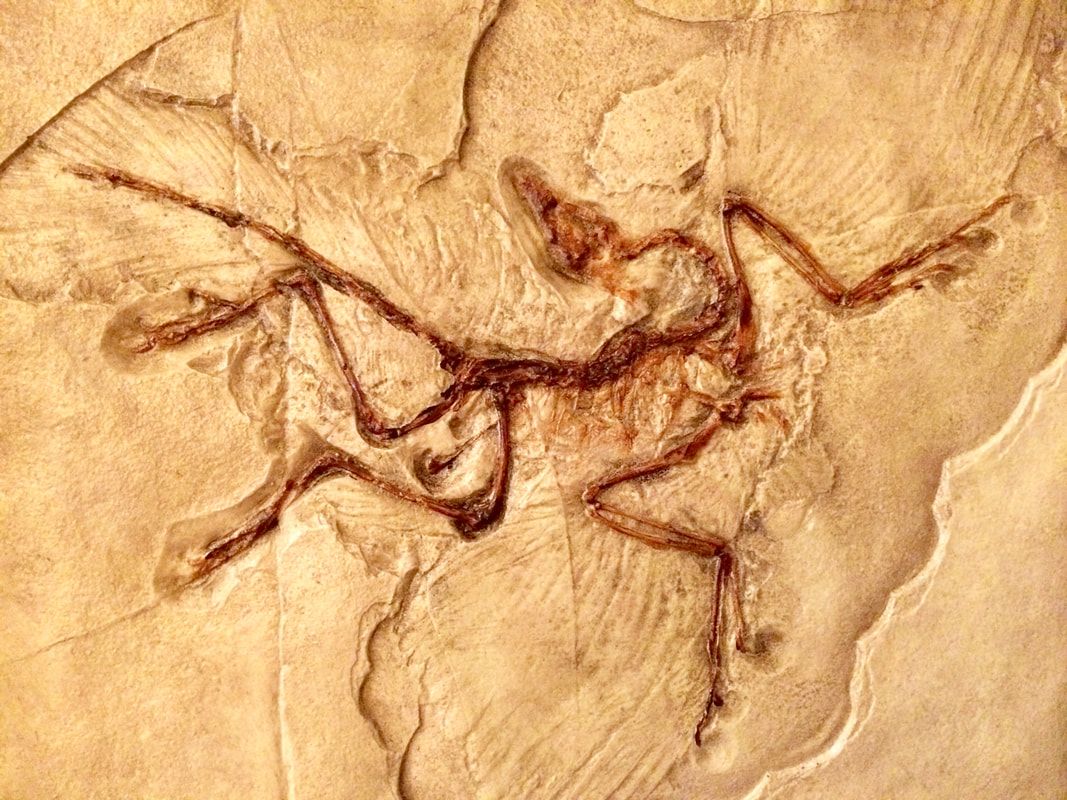
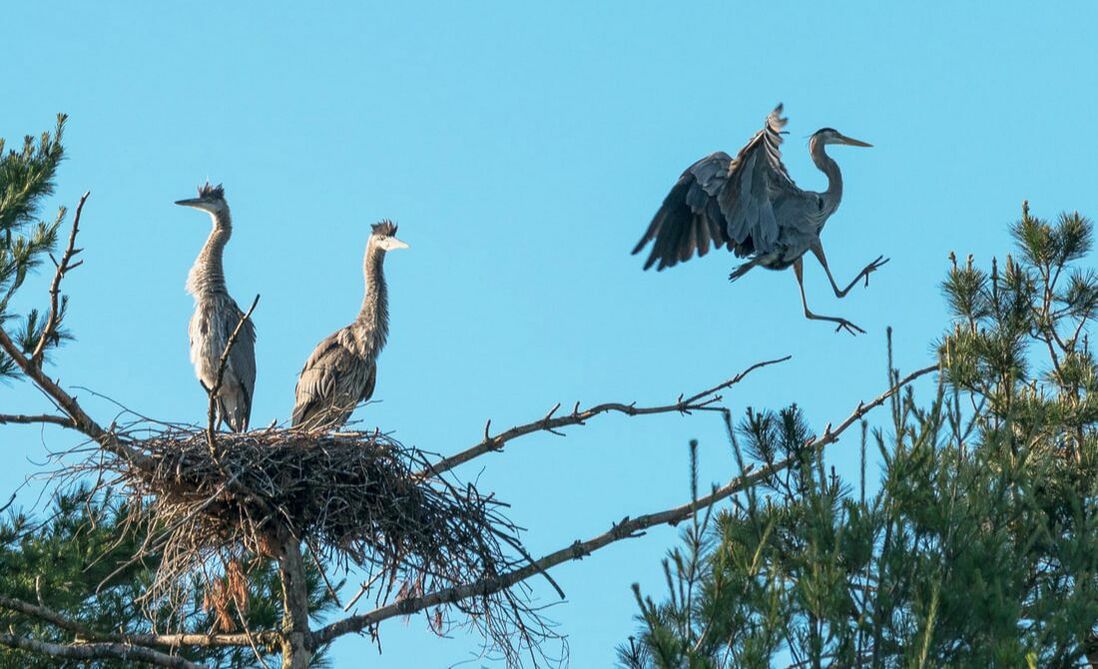
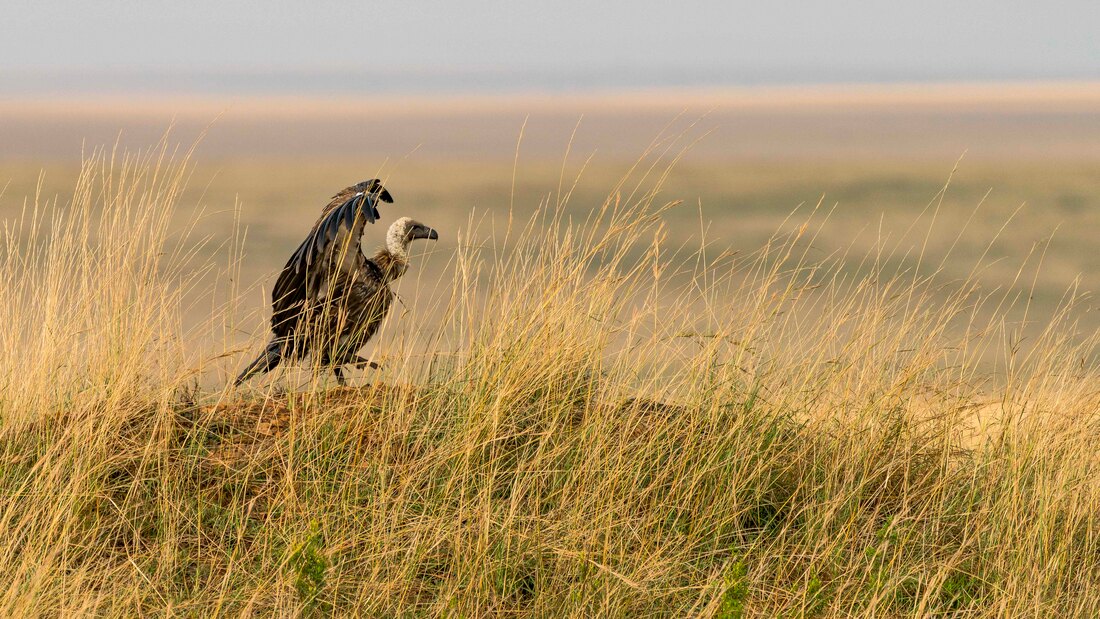
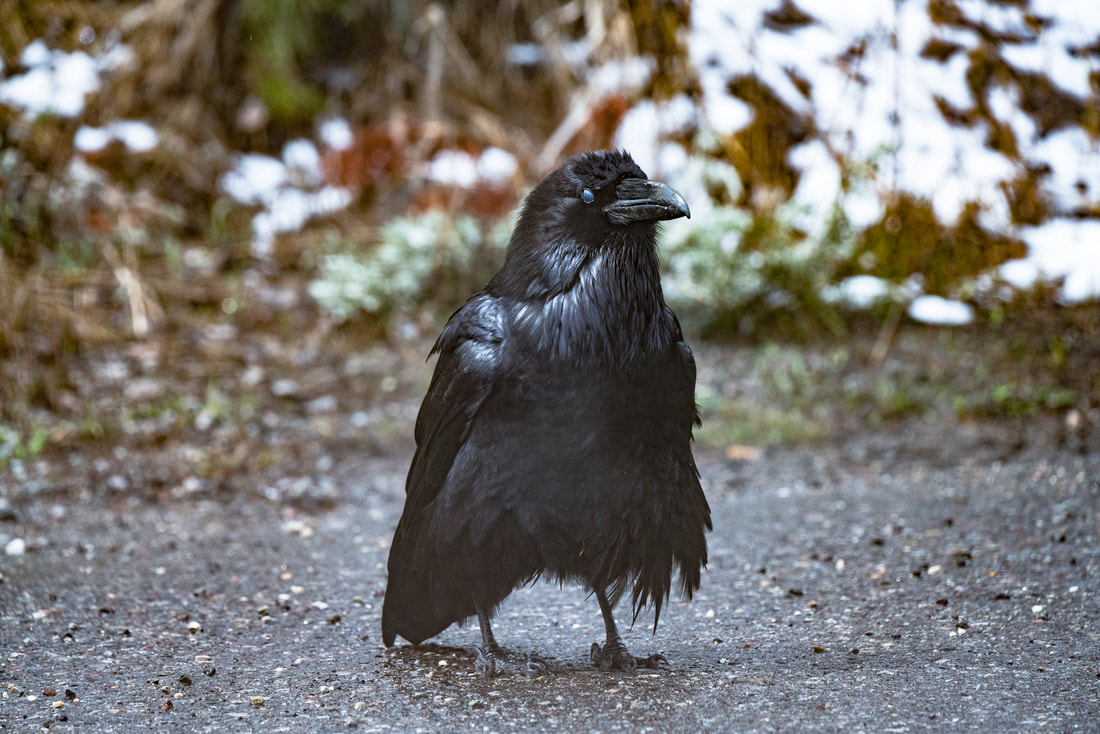
 RSS Feed
RSS Feed